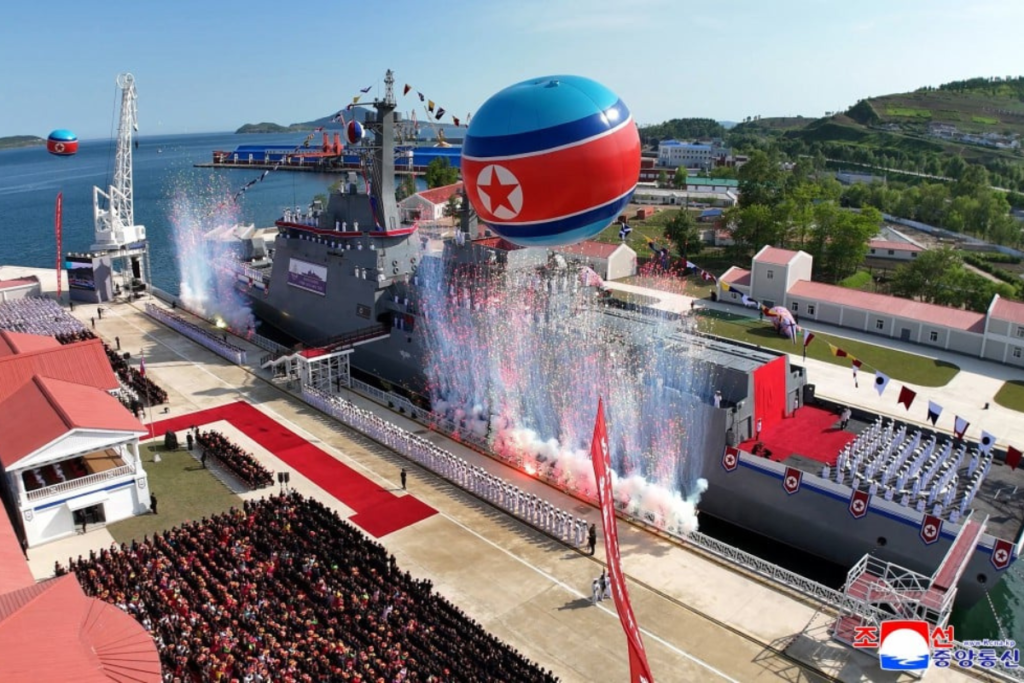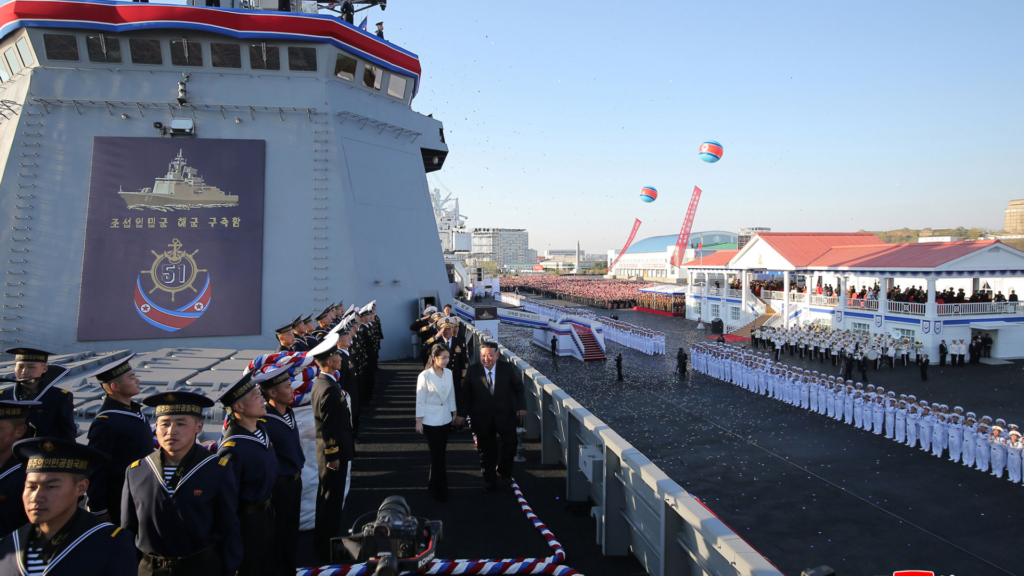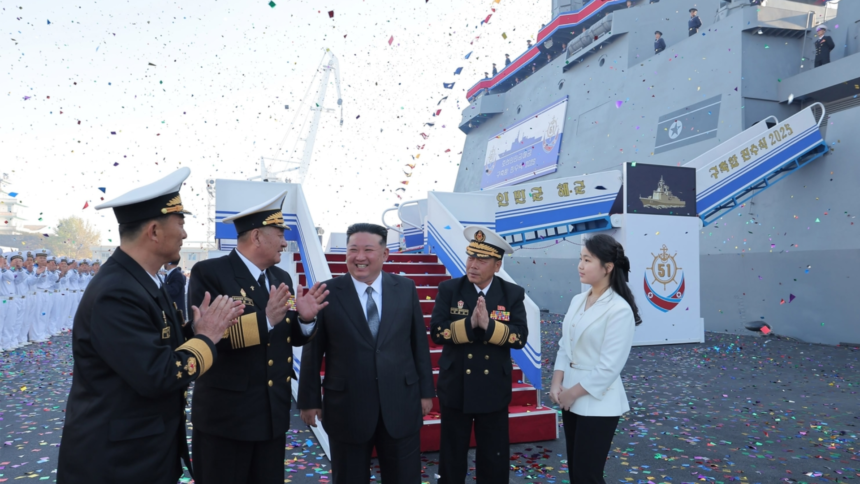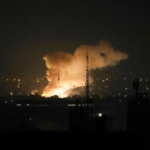Indeed, the North Korea naval destroyer launch success marks a significant turnaround in Pyongyang’s evolving military ambitions. Initially, the first launch attempt ended in failure when the ship capsized in May. However, after a period of rapid repairs, state media now reports that the vessel has been relaunched successfully. Despite this, many experts remain cautious about the actual readiness and seaworthiness of the 5,000-ton destroyer, particularly given how quickly the relaunch was carried out.
Background on the Capsized Launch
In early May, North Korea attempted to launch a 5,000-ton naval destroyer—but the ship capsized during launch into the harbour. This incident generated international attention. Then‑leader Kim Jong Un was reportedly furious. Within weeks, reports confirmed that at least four officials had been arrested—three from the shipyard and one senior figure—for their roles in the mistake.

Fast Repairs and Successful Relaunch
Remarkably, the ship was refloated, moved to a dry‑dock and underwent urgent restoration. Shortly afterward, state media announced that repairs were completed and the vessel was relaunched—this time successfully. The speed of work has raised questions: were shortcuts taken? Was there proper structural and systems testing?
Kim Jong Un’s Response & the Arrests
According to KCNA, Kim expressed furious disappointment after the initial wreck, and demanded immediate repairs. His anger led to the arrest and public shaming of the four officials. Their swift removal demonstrates the high stakes of failure under his leadership.
Features of the New 5,000‑Ton Destroyers
These vessels, the largest ever built by Pyongyang, are roughly 5,000 tons displacement, and are reportedly capable of carrying nuclear-tipped missiles. The first was launched in April; this second one capsized but is now afloat. Both destroyers represent North Korea’s push for a nuclear-capable navy.

Strategic Implications of the Naval Upgrades
With Kim Jong Un’s priority on nuclear-armed sea forces, these destroyers could change regional naval balance. Their presence in sovereign waters would present direct threats to neighboring states, while being potent symbols of deterrence.
Expert Skepticism Over Repair Quality
Given the speed of relaunch—within weeks—analysts question whether proper welding, stability, and weapons-systems integration were conducted. They warn that internal systems may not be fully functional, and the hull may have unseen stress damage.
Satellite Imagery: Tracking the Restoration
Commercial satellite imagery from late May and early June shows the capsized destroyer, followed by its removal to a repair yard, refloatation, and safe mooring at Rajin Port. These visuals confirm the timeline of events.
Future Fleet Expansion Plans
KCNA reports Kim plans two more 5,000-ton destroyers within the next year. If completed, that would bring Pyongyang’s fleet to four such vessels—suggesting an upcoming strategic class of ships.
Public Messaging & Diplomatic Signaling
The relaunch ceremony, held at Rajin Port, was overseen by Kim and his daughter, Kim Ju Ae. It carried clear messaging: failure will be punished, success will be celebrated, and nuclear-equipped naval power is non-negotiable.
Regional Security Repercussions
In conclusion, this North Korea naval destroyer launch turnaround conveys significant messages: the regime’s resolve, the risks from rushed shipbuilding, and the possibility of a new nuclear–armed fleet. Regional actors will be watching closely.




